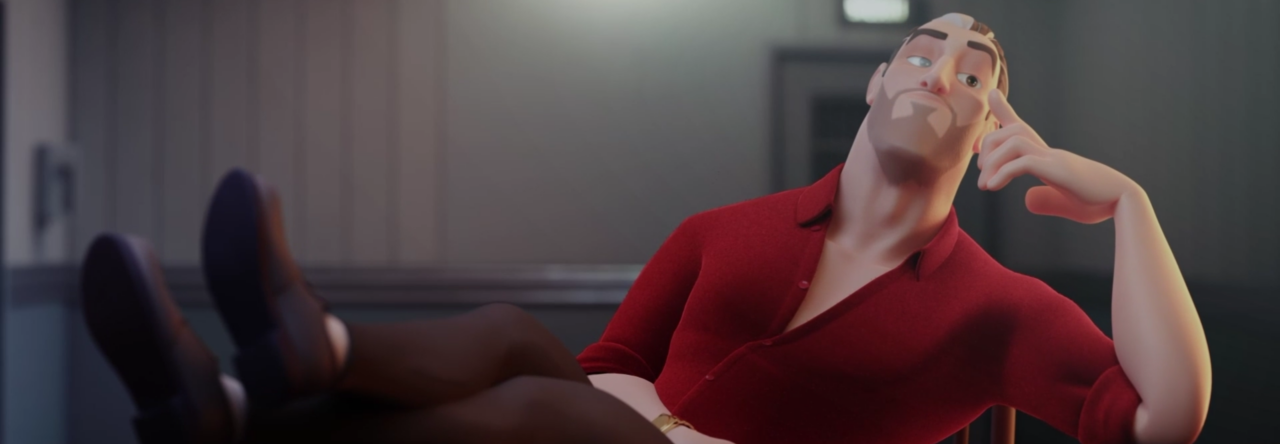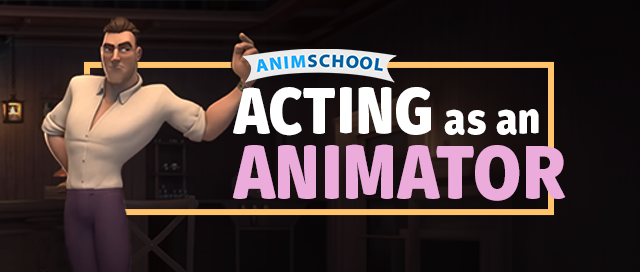
AnimSchool graduate Lena Zahoruiko discusses her experience creating an emotionally driven animation using audio from the film Midnight Sun (2018). She dives into her process from start to finish, addressing the changes made and how that impacted the final scene. Her shot was featured in the 2024 AnimSchool Student Showcase.
Zahoruiko explains that this shot was her first ever attempt at a dialogue shot. She was cautiously excited about trying something new, and wanted to create a more emotional shot about two individuals—in this case, sisters—parting ways.
Zahoruiko adds that the biggest challenge that she ran into was filming reference footage – after discussing with her class, many mentioned that it would be beneficial if she had real crying to help push the emotional aspect of the shot. As a result, she cried on more consecutive days than she had ever before.
“It took me, I think, around three days to come up with the final version,” she says.
Initially, Zahoruiko mentions, her animation lacked small gestures, and felt a bit stiff because of it. To overcome this, she layered in more hand and arm movement, such as a sweeping motion with the hand. As she played with the balance of exaggeration and subtle movements, she ultimately learned that, for such an emotionally driven shot, “less is more.”
Watch her featured clip below:
At AnimSchool, we teach students who want to make 3D characters move and act. Our instructors are professionals at film and game animation studios like Dreamworks, Pixar, Sony Pictures, Blizzard & Disney. Get LIVE feedback on your Animation from the pros. Learn more at https://animschool.edu/



